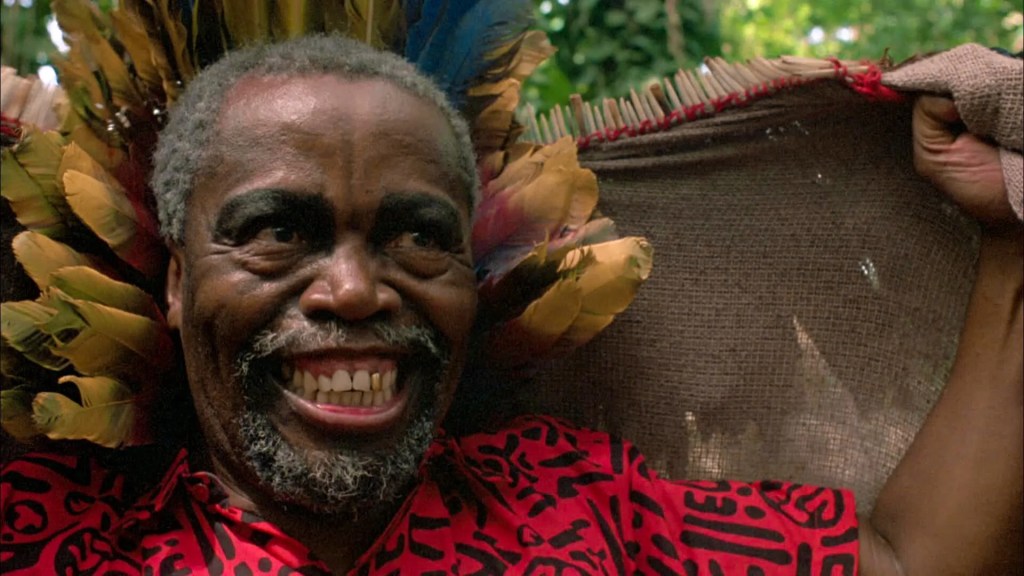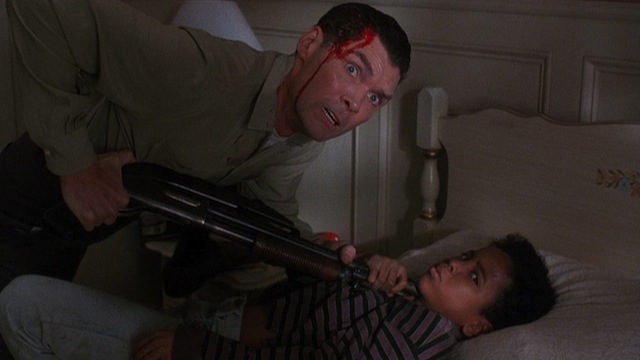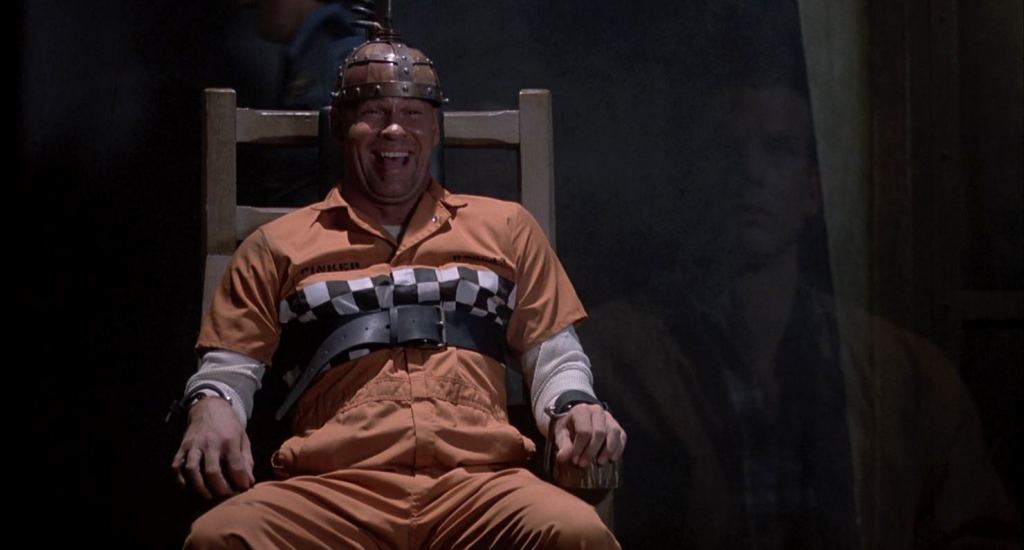Wes Craven is a filmmaker who left an enviable legacy behind when he passed away in 2015. Throughout his storied career, Craven made his cinematic mark on multiple decades. He mortified audiences with the sadistic and unflinching The Last House on the Left in the ‘70s; he reinvigorated the slasher genre with A Nightmare on Elm Street in the ‘80s; and he kicked off the meta horror craze with Scream in the ‘90s. With such a storied resume, some of his less-celebrated efforts have naturally faded into obscurity over the years. Sure, they can’t all be bangers, but nearly everything the beloved director touched has a certain merit to it.
Videos by ComicBook.com
With that in mind, we are taking a stroll down memory lane and looking back on three Craven pictures that live in the shadows of the director’s greatest efforts but still deserve recognition for everything they get right.
1) The Serpent and the Rainbow

This supernatural chiller is a surreal presentation that purports to take its cues from a series of real-life events depicted in the nonfiction book of the same name by anthropologist Wade Davis. While many of the claims within that tome have since been called into question, this loose cinematic adaptation is nonetheless a thrilling affair that deftly melds the ordinary with the extraordinary.
Bill Pullman delivers a standout performance as lead character Dennis Alan, an anthropologist who treks to Haiti with designs on learning as much as possible about a mysterious drug that some claim has the capacity to turn humans into zombies. Craven cleverly uses the zombie trope as a metaphor for living under an oppressive political regime and handles the subtext remarkably well. His messaging is well established but never heavy-handed, giving viewers something to think about without hitting them over the head. This one is well worth seeking out if you’ve overlooked it.
2) The People Under the Stairs

The People Under the Stairs was a modest box office success when it bowed in 1991, pulling in more than $30 million globally against an estimated budget of just $6 million. Despite a fairly successful theatrical run, the flick never caught on like some of the efforts for which Craven is best known. That’s a real bummer, seeing as this unsung effort is a standout in the back half of the director’s filmography.
The film follows Fool (Brandon Adams), a young man who, out of desperation, breaks into the home of his wealthy landlords (Everett McGill and Wendy Robie, both of Twin Peaks fame), only to discover that they have a series of sadistic and twisted secrets they’d rather keep buried. Craven, who also takes the sole writing credit on the project, uses the setup to speak to a number of heavy themes, including oppression and abuse of power. The film impressively melds horror and comedy, leaning more into the former than the latter, but still excels in each conceit. The People Under the Stairs is most certainly a noteworthy effort that should have a wider fan base.
3) Shocker

Okay, hear us out. We recognize that Shocker is not now, nor will it ever be, top-tier Craven. It’s schlocky, silly, and tonally uneven, we get it. However, even Craven’s admittedly lesser efforts still land on some level, including Shocker. Some critics have posited that Craven was trying to create the second coming of Freddy Krueger with Shocker, and he probably was on some level. Does he succeed? Not exactly. Yet, the flick is still a fun time that serves up a barrage of nonsensical one-liners delivered by a fully committed pre-X-Files Mitch Pileggi as the over-the-top antagonist Horace Pinker. Taken purely as escapist entertainment, there’s plenty to enjoy here. Not the least of which are the outrageous kills and the stellar soundtrack.
The setup sees serial killer Pinker striking a deal with the Devil that allows him to come back from execution as, um, electricity. As he settles into his status as undead and electrically charged, Pinker goes after Lt. Parker, the cop who sent him to prison (Michael Murphy), and Parker’s son, Jonathan (Peter Berg). What follows is a chaotic and campy ride that doesn’t get everything right, yet it may just resonate for the right audience with appropriate expectations.
Now that we’ve outlined three of Craven’s most underrated efforts, we’d very much like to hear from you. What do you count as some of the late director’s most unsung cinematic offerings? Be sure to hit us up in the comments section below and let us know!









